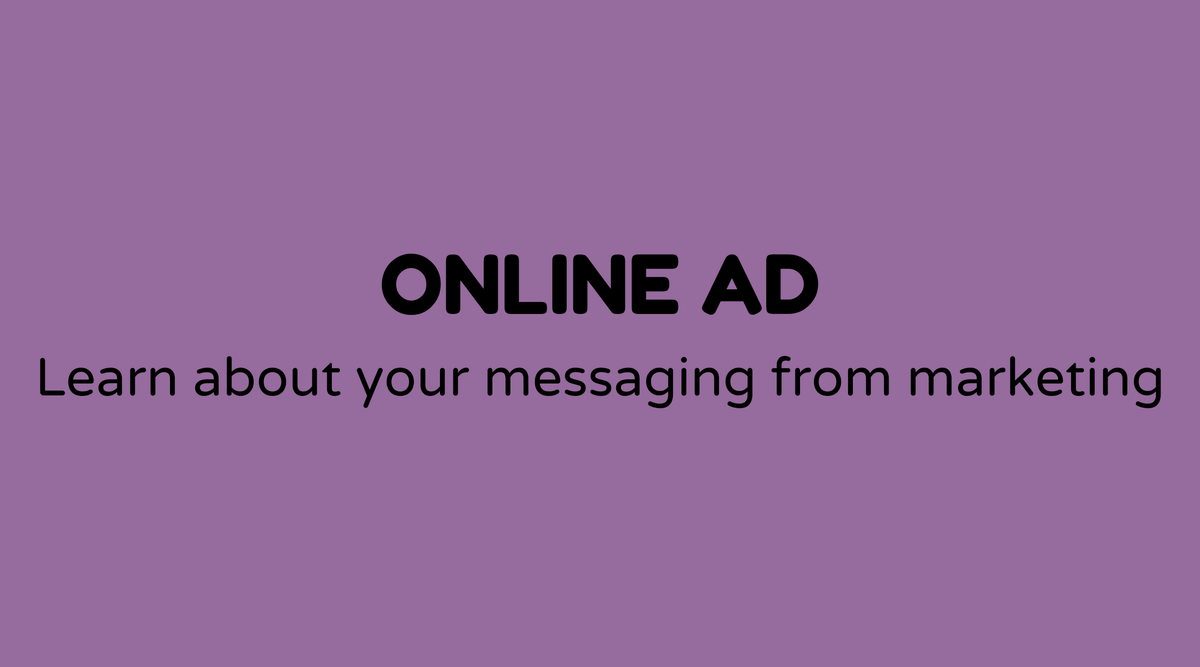Online Ad

Overview of Online Ads:
Online advertisements have become a fundamental component of contemporary digital marketing. As technology advances, businesses globally employ these ads to effectively connect with their target audiences. The formats of online advertisements can vary greatly, such as display ads, search ads, social media ads, and video ads. Online marketing is not solely about showcasing products; it's about crafting narratives that resonate with audiences on a personal level.
Why Online Ads Matter:
In today’s bustling digital landscape, visibility is essential. Online ads provide companies the chance to appear in front of potential customers wherever they may be on the internet. From platforms like Facebook and Instagram to search engines like Google, advertisements can be customized to reach specific demographic segments. The value of online advertising lies in its unmatched ability to target audiences accurately, achieve extensive reach, and assess results efficiently, which supports informed decision-making.
What is an Online Ad:
An online ad is a digital promotional message that appears on websites, search engines, social media platforms, or applications. These ads come in a variety of formats: text, image, video, or interactive content. Examples include pay-per-click (PPC) ads such as Google Ads, display ads on various sites, or sponsored posts on social networks like Facebook or Instagram. These ads are often designed to engage users, direct traffic, and convert views into sales.
How to Create an Online Ad:
Developing an effective online ad requires a thoughtful strategy that includes:
-
Identifying Goals: Specify what you wish to achieve – brand visibility, lead generation, or sales conversion.
-
Understanding the Audience: Utilize tools like Google Analytics to gain insights into audience behavior and preferences.
-
Choosing Platforms: Select the platforms that are most effective based on where your target audience is active.
-
Designing the Creative: Develop visually appealing, informative, and engaging ad content with a clear call-to-action (CTA).
-
Setting Budgets and Bids: Determine your spending limit and decide between manual or automatic bidding options.
-
Monitoring and Optimization: Use analytics tools to track performance and refine ads for improved outcomes. Regularly conduct A/B testing on different ad components to identify what performs best.
Examples of Online Ads:
-
Google Ads: Includes both text and display ads within Google's search and display networks.
-
Facebook Ads: Provides highly targeted ads based on user demographics, interests, and behaviors.
-
Instagram Sponsored Content: Visual ads through posts or stories featuring a clear call-to-action.
-
YouTube Bumper Ads: Brief video ads that are excellent for raising awareness and grabbing attention.
FAQs
-
How do online ads work?
Online ads operate by utilizing algorithms to target users based on behavior and demographics, presenting relevant advertisements to the appropriate audience. -
What are the costs involved in online advertising?
Costs can vary based on the platform, ad type (CPC, CPM), industry competition, and budget preferences. -
Can small businesses benefit from online ads?
Certainly! Online ads can be tailored to fit any budget, enabling small businesses to compete effectively. -
What is A/B testing in online ads?
A/B testing involves modifying elements of an ad (like headlines, images, or CTAs) to determine which version yields better performance. -
Why aren’t my online ads converting well?
Common issues may include unclear targeting, ineffective CTAs, irrelevant landing pages, or subpar ad design. Evaluating and optimizing these factors can enhance conversion rates. -
Are pop-up ads effective?
Pop-up ads can be useful for attracting attention and driving sign-ups if used judiciously and appropriately, but they can also be distracting and frustrating for users.



